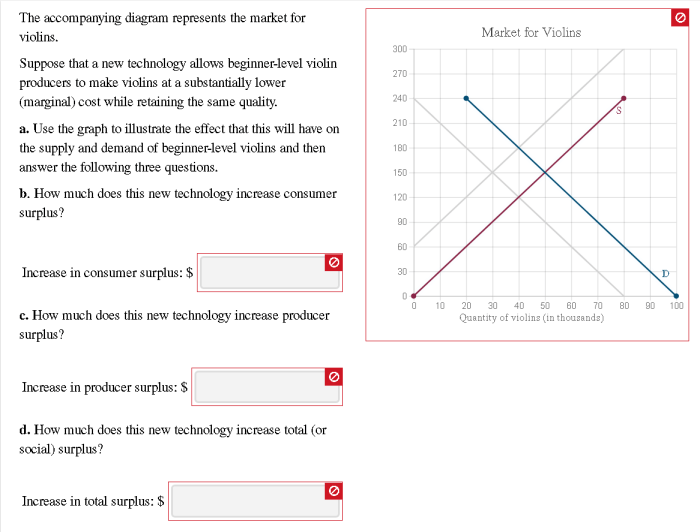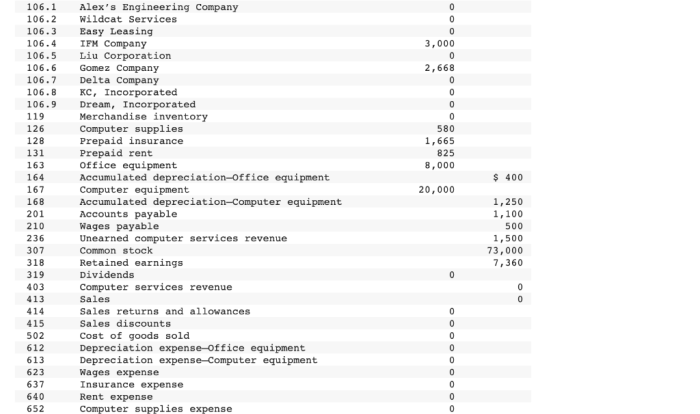The accompanying diagram represents the market for violins, a vibrant and dynamic industry with a rich history and a promising future. This intricate tapestry of supply, demand, and competition provides a fascinating lens through which to examine the forces that shape the market for this captivating instrument.
The global violin market is estimated to be worth billions of dollars, with a steady growth trajectory projected in the coming years. The demand for violins is driven by a diverse range of factors, including the growing popularity of classical music, the rise of online music education, and the increasing disposable income in emerging economies.
Market Overview

The violin market is a global industry that encompasses the production, distribution, and sale of violins. Violins are widely used in classical music, folk music, and various other genres, contributing to the cultural significance of the instrument.
The global violin market is currently estimated to be worth around $1.5 billion and is projected to grow steadily in the coming years, driven by increasing demand from professional musicians, music enthusiasts, and collectors.
The key market segments in the violin industry include:
- Professional violins: High-quality violins used by professional musicians and orchestras, typically handcrafted by skilled luthiers.
- Student violins: Less expensive violins designed for beginners and students, often mass-produced to meet the needs of educational institutions.
- Collectible violins: Rare and valuable violins that are sought after by collectors and investors, often dating back to historical periods and made by renowned luthiers.
Supply and Demand Dynamics
The supply of violins is influenced by factors such as the availability of skilled luthiers, the cost of materials, and the production capacity of violin manufacturers.
The demand for violins is driven by the number of musicians and music enthusiasts, the popularity of violin-based music genres, and the perception of violins as valuable instruments.
The relationship between supply and demand determines the market equilibrium price for violins. When supply exceeds demand, prices tend to fall, while when demand exceeds supply, prices tend to rise.
Market Competition
The violin market is highly competitive, with a large number of manufacturers vying for market share.
Major players in the industry include:
- Cremona
- Antonio Stradivari
- Guarneri del Gesù
These manufacturers have established reputations for producing high-quality violins and command premium prices.
Market Segmentation, The accompanying diagram represents the market for violins
The violin market can be segmented based on price, quality, size, and other criteria.
Price segmentation:
- Low-priced violins: Typically mass-produced and aimed at beginners.
- Mid-priced violins: Offer a balance between quality and affordability.
- High-priced violins: Handcrafted by skilled luthiers and used by professional musicians.
Quality segmentation:
- Student violins: Designed for durability and affordability.
- Intermediate violins: Offer improved sound quality and playability.
- Professional violins: Handcrafted with exceptional materials and workmanship.
Market Trends
Emerging trends in the violin market include:
- Increased demand for electric violins: Electric violins offer amplified sound and versatility, appealing to modern musicians.
- Growing popularity of violin-based music genres: Genres such as folk, Celtic, and bluegrass are experiencing a resurgence in popularity, driving demand for violins.
- Advancements in technology: 3D printing and other technologies are being used to create innovative violin designs and improve production efficiency.
FAQ Compilation: The Accompanying Diagram Represents The Market For Violins
What is the size of the global violin market?
The global violin market is estimated to be worth billions of dollars, with a steady growth trajectory projected in the coming years.
What factors are driving the demand for violins?
The demand for violins is driven by a diverse range of factors, including the growing popularity of classical music, the rise of online music education, and the increasing disposable income in emerging economies.
Who are the major players in the violin market?
The major players in the violin market include established manufacturers such as Yamaha, Cremona, and Gliga, as well as smaller boutique luthiers who specialize in handcrafted instruments.



